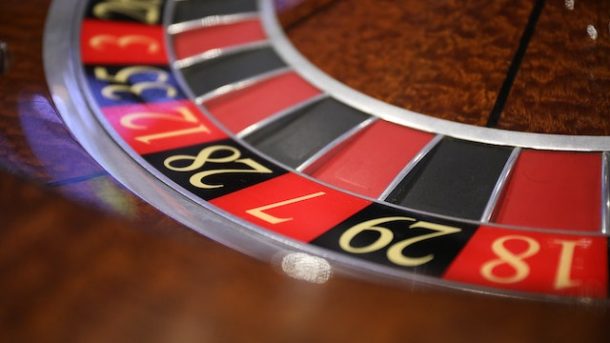Online poker requires more than a basic knowledge of hands and game rules; it’s a complex mental game where players make real-time decisions that influence the outcome of every hand. Like chess, poker demands an understanding of theoretical frameworks and structured decision-making processes.
Understanding Poker Theory
Poker theory is an analytical approach to understanding the game’s core principles. It combines mathematical odds, player psychology, and situational analysis to determine optimal moves. In online poker look at this site, where there’s no physical presence to read an opponent tells, theory becomes a player’s strongest weapon. The objective is not just to win individual hands but to make decisions that maximize long-term profitability.
The Role of Decision Trees in Poker
A decision tree is a visual representation of decision-making processes, mapping out all possible choices and their potential outcomes. This tool is invaluable for poker players, as it breaks down each hand into a structured sequence of moves and outcomes, helping to clarify complex decisions.
Building a Poker Decision Tree
Constructing a poker decision tree starts with identifying key points in a hand where choices arise. For instance, let’s consider a simplified decision tree for a hand where you are in the early position with a strong hand, such as Ace-King.
1. Pre-Flop Decision
Option 1: Raise
Option 2: Call (limp in)
Option 3: Fold
Each option branches into different paths depending on your opponents’ responses. If you choose to raise, for instance, other players may fold, call, or re-raise. This initial choice impacts subsequent moves and, eventually, your chance of winning.
2. Flop Decision
Following the pre-flop, the flop round provides new information.
Check
Bet
Fold
These choices further branch into additional reactions from opponents. By continuing the tree-building process through each betting round, players can map out every decision and anticipate possible responses, which aids in selecting the most +EV choice.
Applying Decision Trees to Game Theory Optimal (GTO) Strategies
The decision tree approach complements the Game Theory Optimal (GTO) strategy, where players aim to minimize losses by making moves that are difficult for opponents to exploit. GTO focuses on balancing aggression with defensive plays to reduce predictability and increase pressure on opponents. When using GTO strategies, players become harder to read, which is a crucial advantage in online poker, where face-to-face tells are absent.
Practicing with Decision Trees
Decision trees are not limited to professional-level play. Even recreational players can benefit from this tool by creating basic trees for standard hands and situations. Practicing with these trees before entering real games enables players to react confidently under pressure, especially in unfamiliar situations. By familiarizing themselves with the potential outcomes of each move, players can avoid impulsive decisions that lead to losses.
Conclusion
With every decision mapped out, from the initial deal to the showdown, decision trees provide a tactical edge that helps players stay one step ahead. When combined with a strong understanding of poker theory, this approach elevates a player’s skill, turning a game of chance into a strategic battle of wits.




